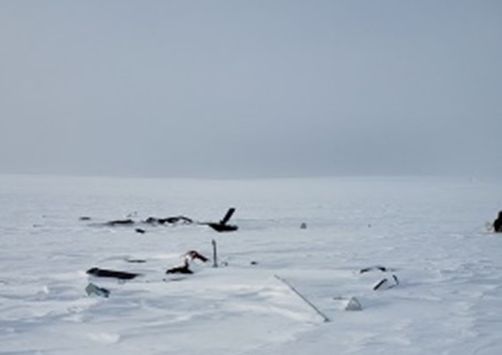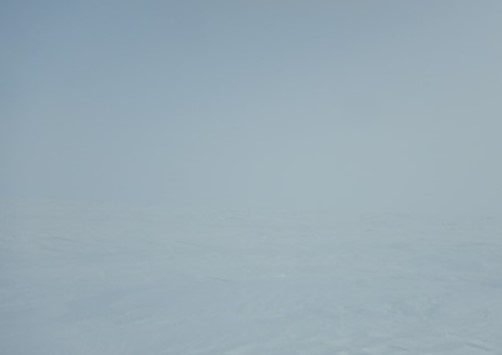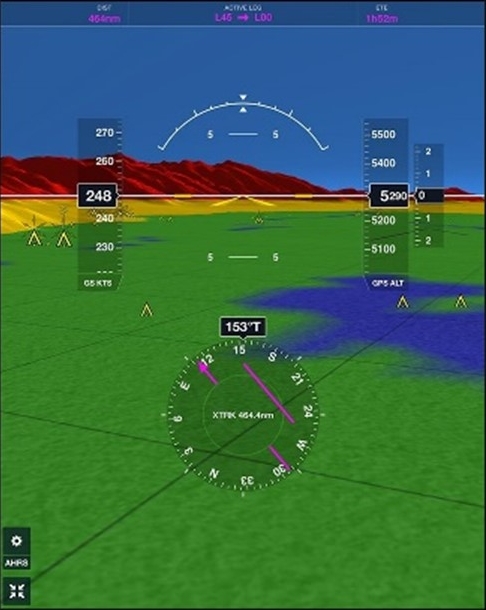What’s the issue?
TSB research has identified that loss-of-visual-reference accidents are more than TWICE as likely to involve helicopters than airplanes.
Current regulations do not require commercial helicopter operators to ensure that pilots have the necessary skills and technology to assist with the avoidance of, and recovery from, inadvertent instrument meteorological conditions (IIMC). Rather, they rely on the “avoid-at-all-costs” approach, which is an unrealistic strategy.
In recent years, the TSB investigated three similar occurrences (A20Q0015, A21C0038, and A23C0048) involving helicopters flying under visual flight rules (VFR) and losing visual reference due to flat light and whiteout conditions. All of these occurrences resulted in a crash, with one of them (A21C0038) proving to be fatal.


What needs to be done?
Previous research has identified that IIMC training for VFR pilots, when properly organized and directed, increases the chances of success when encountering IIMC.
Many operators recognize the importance of taking additional measures to ensure that pilots have the skills to recover from IIMC encounters and have voluntarily gone beyond the regulatory requirements by implementing safety initiatives that can save the lives of their pilots and passengers.
The triad: training, technology, and SOPs
Training
After obtaining a commercial helicopter licence, a pilot must demonstrate several flight test requirements (e.g., autorotations) during the annual pilot proficiency checks. However, once a non-instrument-rated pilot obtains a commercial helicopter pilot licence, there is no requirement to undergo recurrent instrument flight training, and there is no requirement for Canadian helicopter operators to provide pilots with IIMC training.
Did you know
Since 2010, the TSB has identified loss of spatial awareness in 14 investigations involving commercial helicopter flights, leading to the loss of 24 lives.
According to the Royal Canadian Air Force (RCAF), one to two hours of annual instrument flight training, ideally augmented with quarterly training, would give a VFR pilot a chance of surviving an IIMC.
From 1988 to 2022, the RCAF had a total of 27 helicopter incidents that resulted from a loss of visual references or from IIMC due to deteriorating weather. In 70% of these cases, IIMC and IFR training, procedures, and/or attitude and altitude instrumentation were identified as having contributed to a successful recovery and prevented an accident.
Technology

Several technological advances are already being used that can enhance pilot situational awareness and assist in the reduction of IIMC accidents. In addition to basic flight instruments, some other forms of technology include
- radar altimeters;
- ground proximity warning system and terrain awareness warning system; and
- enhanced vision systems and synthetic vision systems.
Standard operating procedures
For technology to be an effective defence against IIMC accidents, there should be documented procedures like standard operating procedures (SOPs) to follow, and pilots must be trained on the proper use of that technology.
SOPs provide pre-determined successful solutions for specific scenarios, which is particularly beneficial when a pilot lacks knowledge and/or experience in a situation such as IIMC. Yet, under current regulations, SOPs are required only for multi-crew flight operations.
What can YOU do?
You do not have to wait for regulators to implement changes. Here are some things some companies have already implemented to mitigate the risk of flat light and/or whiteout conditions:
- Enhanced annual winter training and/or individual pilot briefs addressing the risk of flat light and whiteout conditions as well as the operational strategies available to the pilot
- Close monitoring of pilots by companies to ensure that pilots are not succumbing to pressure to fly in flat light and whiteout conditions
- SOPs for flying in flat light and whiteout conditions
- Annual simulator training (reduced visibility VFR training, IIMC recovery)
- In-aircraft flight instrument training (annual or “just-in-time” proficiency-based IIMC recovery training)
- Dispatching aircraft with at least the flight instruments necessary for instrument flight (some also including a radar altimeter)
- Vigorous pilot selection process with an emphasis on experience
- Controlled exposure and training for less experienced pilots
- Technology such as synthetic vision to enhance pilot situational awareness and increase safety margins
See something? Say something!
If you see something that you think is unsafe in air transportation operations, report it in confidence through our SECURITAS program.